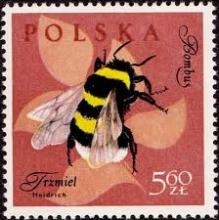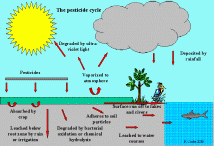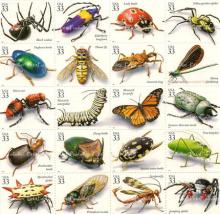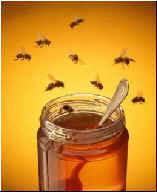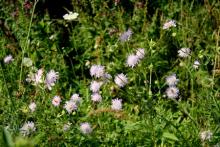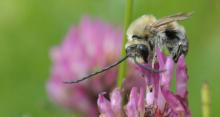Experts question EPA credibility in allowing systemic pesticides to be registered when these products clearly received insufficient testing
The pesticides industry stands accused of failure to investigate the hazards of systemic neonicotinoids fully and of failure to establish standard tests and protocols. Bee Culture Magazine has published a letter from Dr. Rosemary Mason, an independent researcher in the UK and bumblebee expert (who has created a private bumblebee reserve in Wales), that has raised serious questions about US EPA credibility in allowing systemic pesticides to be registered when these products clearly received insufficient testing (attached). She was critical of the report jointly authored by USEPA and Bayer CropScience that emerged from the February 2011 SETAC Pellston conference on systemic pesticides. The report was edited by David Fischer, Environmental Safety, Bayer CropScience LP, Research Triangle Park, North Carolina, USA and Thomas Moriarty, Office of Pesticide Programs, US Environmental Protection Agency, Washington DC, USA. Summary of the SETAC Pellston Workshop on Pesticide Risk Assessment for Pollinators, 15–21 January 2011, Pensacola, Florida, USA. Document attached. John Hoar of the Fareham BKA inferred that although the SETAC ‘Pesticide Risk Assessment for Pollinators’ workshop stated that harmonised toxicity tests (acute and chronic) are still to be developed for systemic insecticides, The Advisory Committee on Pesticides (ACP) Annual Open Meeting in November 2011 had said it might be another five years before a standardised test for chronic bee toxicity guideline will be developed. He said that until there is a comprehensive pesticide risk-assessment for bees, we are entitled to know the location of crops sown from seed treated with systemic pesticides (Hoar's article in the October 2012 edition of BBKA News is attached). Attached also is an article on the influence of Bayer Cropscience on Dutch policy makers (which appeared in the magazine "Vrij Nederland" on April 4, 2012).

